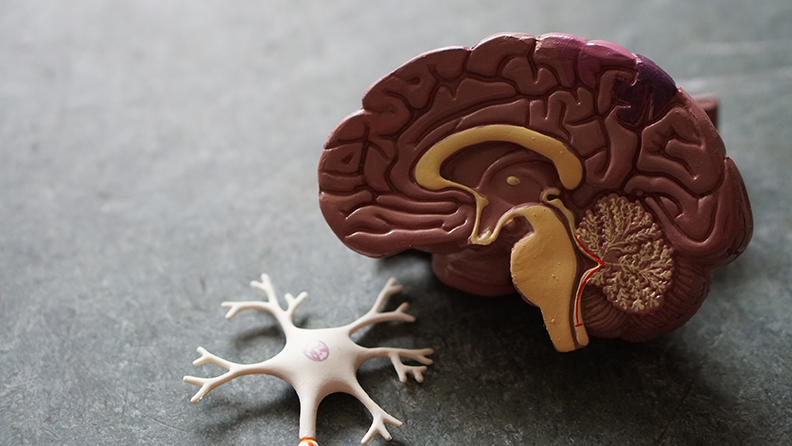The Addicted Brain

As we experience life, our brain goes through a series of highly complicated processes. It is constantly distinguishing, separating, and generating what we like, similar to a Google search. Just as Google generates data for us to sift through, the limbic center of our brain is constantly generating material for us to judge, unravel, and base our decisions on. The limbic system has served as an effective survival mechanism for millions of years. However, it has its limitations and can even work against us while fighting addiction.
Many people suffering from addiction find it very difficult to control their thoughts and cravings, and wonder why thoughts of use persist even if they don’t want them to. This could also be compared to a Google search. For example, many of us repeatedly close pop up adds from unsolicited websites while looking through Facebook. The pop-up is usually relevant to what we have searched for in the past in. Our brain follows a similar pattern. Unwanted thoughts of use are retrieved from stored memories in the brain categorized by the level of pleasure associated with that memory. The level of pleasure is directly connected to the amount of dopamine produced. Sadly, the pleasure center of the brain cannot differentiate between what is harmful and what is not. Its main concern is the physical stimulation caused by the brain’s most effective neurotransmitter dopamine.

This is where our prefrontal cortex comes into play by managing every decision we make. However, when the brain experiences extreme amounts of dopamine, the feeling and experience becomes very important and is placed as a survival need. Consequently, the drug is given disproportionate priority within the pleasure center of the brain, emotionally disruptive thoughts of use are generated constantly, and abstinence causes physical pain and sickness. The cycle can become overwhelming and very difficult to overcome, but there is hope.
Cutting edge science has now proven the amazing capability of the brain. It can literally restructure, adapt, and revert like other restorative healing processes within the body. This process could be compared to a healing wound. Given time and the proper treatment a wound will heal, sometimes without a trace. Furthermore, medical advances now allow patients the ability to block cravings and stabilize chemical imbalances within the brain through the temporary use of medication. This allows the brain to heal. In addition to recent medical advances, multiple therapeutic approaches have proven effective in the recovery process. In the end, addiction is not permanent. It is merely a condition, and very treatable.
Further posts will discuss the chemical processes of the brain relating to addiction in more detail.
Upcoming posts:
Triggers Within the Brain that lead to Addiction
The Stressed Brain and Addiction
The Limbic System’s Effect on Addiction
The Emotional Center of the Brain and its Role in Addiction
Neuroplasticity and Addiction
The Prefrontal Cortex and Addiction
